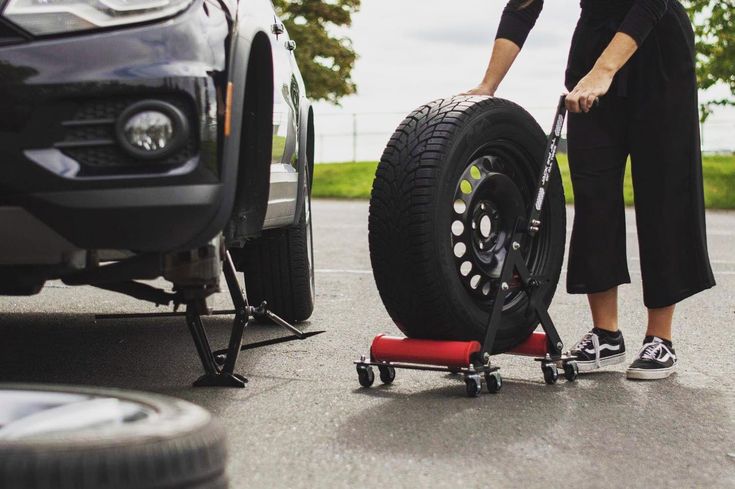

As such, the dimension of the tire reduces, and its contact with the pathway decreases too. So, manufacturers make these spare tires smaller to fit in the tight backspace of the vehicle. Next time you are performing maintenance on your tires, don’t forget to check the spare.Firstly, most spare tires have smaller sizes, such as donuts. After all, a flat spare won’t do you any good in an emergency situation. Spare tires are easy to forget about, but they need to be maintained like any other tire.
#SPARE TIRE PSI MANUAL#
You can find this information in the owner’s manual or the sidewall of the tire.

Follow the manufacturer’s recommended air pressure for these types of tires. These tires have the diameter of a full-size tire, but the profile of a donut spare.

These are still temporary and should be replaced by a matching tire as soon as possible. Nevertheless, these are normal running tires and should have the same air pressure as your regular tires. This is a normal tire, however, it does not match the tread pattern or may not match the size of your running tires. I was able to run my matching full-size spare for several weeks before I replaced my tire. In fact, they should be incorporated in with the tire rotation, so that they wear out evenly along with your regular tires. These should be inflated with the same air pressure as your running tires.
#SPARE TIRE PSI FULL SIZE#
Matching Full Size SpareĪ matching full-size spare is just like the tires you are using on your vehicle. There are actually three types of full-size spares let’s look at each one. If you are lucky enough to have a full-size spare, at what air pressure do you keep that tire. What Should the Air Pressure be in a Full-Sized Spare? To compensate for the reduced surface area, the air pressure in the tires needs to be higher than a full-sized tire. That’s right, a donut spare has about half the contact surface of a full-size tire. Why is the air pressure in a donut spare nearly double of that in a full-size tire? According to TireRack, donut spares have a higher air pressure because of their smaller dimensions.
#SPARE TIRE PSI HOW TO#
Now you know how to put into your donut spare tire, but how much air do you put in? Well, if you look at the sidewall, it’s going to tell you 60 PSI. Once you find the spare and get access to it, follow the steps above to check the air pressure. And it needs to be lowered with a special tool. In a truck or minivan, it is most likely underneath the chassis. So all the stuff you have stored in there needs to come out first. In a four-door sedan, the spare is most likely buried in the trunk. (This is best done at home, under controlled circumstances) The biggest trick is going to be GETTING to your spare tire.įirst, you have to locate where your spare tire is at.


 0 kommentar(er)
0 kommentar(er)
